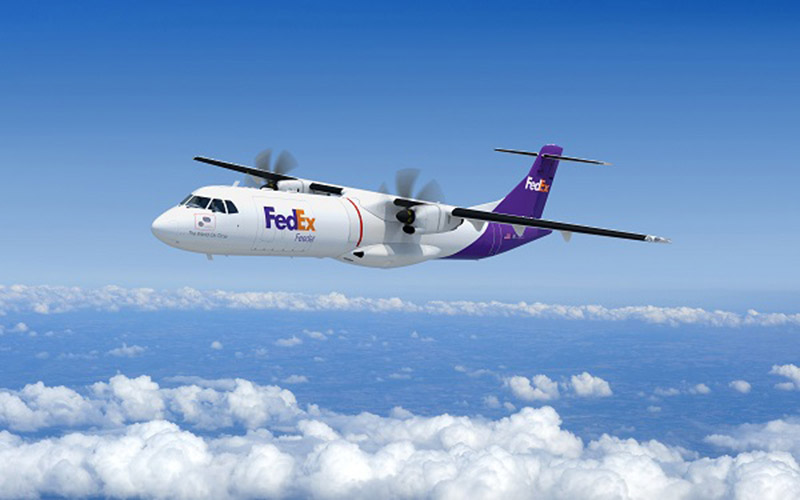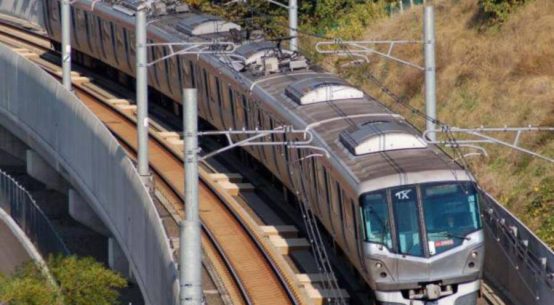
A new development was made on Monday in the ongoing pilot shortage saga, as FedEx announced a new training program, named Purple Runway, which will recruit pilots in training from universities and aviation colleges. The move was made to ensure the carrier’s continued leading status in a market in which qualified pilots are increasingly scarce.
You can read the full announcement of the Purple Runway on the FedEx website, but briefly, the company said the program had three main objectives:
- To further career development of pilots during their employment with the feeder;
- To assist the feeder operator in its efforts to recruit high-quality, well-trained candidates; and
- To provide FedEx Express with an early opportunity to evaluate feeder pilots as potential applicants for available FedEx Express trunk positions.
The program will be initiated in conjunction with two of FedEx’s big U.S.-based feeder operators, Empire Airlines and Mountain Air Cargo, but details of just how it will work – that is, how a young person with dreams of flying can take off from the Purple Runway – remain to be announced. However, FedEx Chairman and CEO Fred Smith said the point of the program was to “ensure a full pipeline of pilots for us and the industry at large.”
The pilot shortage began when, in response to crash of Colgan Air Flight 3407 in 2009, the U.S. Federal Aviation Administration raised the flying hours required for a commercial pilot’s license from 250 to 1,500. The resultant huge increase in the cost of obtaining a license caused a substantial drop-off in the number people entering pilot training.
The impact of the shortage was felt first by small airlines operating small aircraft. But small airlines are the source for pilots for the next tier of slightly larger airlines, and so on up the ladder, and the pilot shortage has gradually worked its way up, to the point that today even the biggest carriers have begun to feel it.
Last November, Cargo Facts reported that FedEx had placed a launch order for 30 of ATR’s new production freighter, the 72-600F, and then two weeks later a launch order for 50 of Textron’s new Cessna SkyCourier 408s.
In its announcement of the latter order, FedEx alluded to the pilot shortage issue, saying: “Thanks to a collaborative training program we are planning, [the aircraft additions] will create a reliable pipeline of well-qualified pilot applicants for FedEx Express pilot jobs, leveraging the experience they will gain in our feeder system.”
FedEx currently owns close to 250 turboprop freighters. It does not operate these freighters itself but rather leases them out to a variety of small airlines to feed traffic into FedEx’s network in countries all over the world.
In the United States, one of the major players in this game is Empire Airlines, which operates 18 ATR 42 and ATR 72 freighters in feeder service for FedEx. Empire’s CEO Tim Komberec, who is also President of the Regional Air Cargo Carriers Association, told Air Cargo World that FedEx “is one of the earliest to recognize the size and scope of the current shortage,” and the implications of this shortage for the future.
Komberec said that the program will “provide the missing pathway,” referring to the block between the 250-hour and the 1,500-hour mark that is impeding would-be pilots from pursuing a career in aviation due to the colossal investment required.
.









